A Buyers and Users Guide to Astronomical Telescopes & Binoculars
This new guide provides an extensive overview of astronomical binoculars and telescopes. It includes detailed up-to-date ...
Continue reading
Aurora
The uniquely beautiful light display of an aurora is the result of charged particles colliding with tenuous atmospheric oxygen ...
Continue readingBinocular Astronomy
Anyone who has used a binocular telescope or even wide-field binoculars to look at the night sky will know just how breathtakingly ...
Continue reading
Double & Multiple Stars, and How to Observe Them
The first part of Jim Mullaney’s book provides a comprehensive review of the different classes of double and multiple systems, ...
Continue reading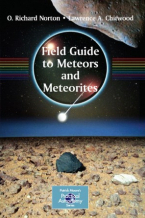
Field Guide to Meteors and Meteorites
Imagine the unique experience of being the very first person to hold a newly-found meteorite in your hand – a rock from ...
Continue reading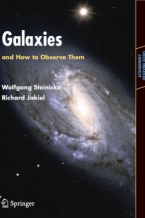
Galaxies and How to Observe Them
Satisfies the need for a modern, comprehensive review in combining the three major aspects: the physical background on the ...
Continue reading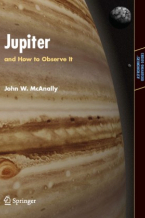
Jupiter and How to Observe It
Jupiter is one of the most spectacular observing targets for amateur astronomers. There are various books about observing ...
Continue reading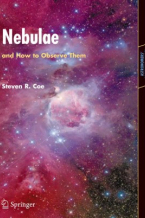
Nebulae and How to Observe Them
This book is a mine of information for all levels of amateur astronomy, from relative beginners to experienced observers. ...
Continue reading
Observing our Changing Earth
Contains a selection of 99 papers from the International Association of Geodesy (IAG) quadrennial General Assembly, held ...
Continue reading
Polar Remote Sensing
Volume 2 focuses on the ice sheets, icebergs, and interactions between ice sheets and the atmosphere and ocean. It contains ...
Continue reading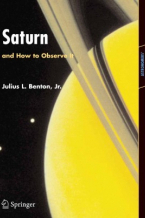
Saturn and How to Observe It
Saturn is the second largest planet in the solar system, and the only one with a spectacular ring system easily visible from ...
Continue reading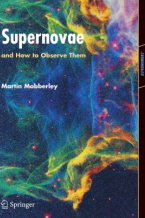
Supernovae and How to Observe Them
Supernovae mark the deaths of massive stars or of white dwarfs in binary systems. Even when they occur in galaxies millions ...
Continue reading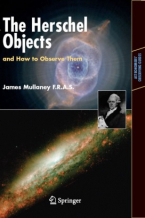
The Herschel Objects, and How to Observe Them
Deep-sky observers are always on the lookout for new observing challenges. The Herschel Objects, and How to Observe them ...
Continue reading
The Moon and How to Observe It
The Moon is the most commonly observed of all astronomical objects. Here, Peter Grego provides a concise, readable description ...
Continue reading
The STEREO Mission
The STEREO mission uses twin heliospheric orbiters to track solar disturbances from their initiation to 1 AU. This book ...
Continue reading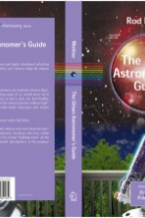
The Urban Astronomers Guide
Given the right techniques, urban astronomers can routinely observe deep-sky objects night after night – something most ...
Continue reading